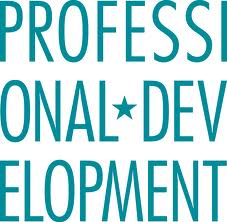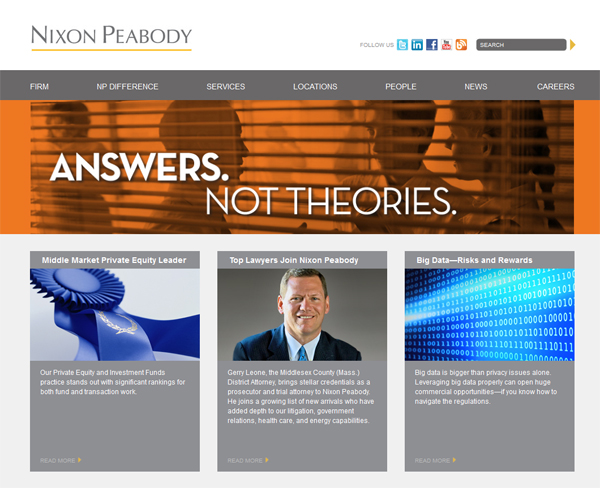WMT: Legal Reminders for Online Businesses
 To start the second year of my monthly contributions as the voice of the legal profession on internet marketing issues for Web Marketing Today, the publishing team asked me to take off the marketing hat and hang my lawyer shingle for their significant small business readership and tackle legal issues that many of them face online.
To start the second year of my monthly contributions as the voice of the legal profession on internet marketing issues for Web Marketing Today, the publishing team asked me to take off the marketing hat and hang my lawyer shingle for their significant small business readership and tackle legal issues that many of them face online.
There are so many legal precautions and potential issues that small businesses face on the World Wide Web, whether the business is purely virtual and online only or is the online marketing voice of a traditional store front.
Ironically, these issues have come into play during my many year studying Internet law, as I often discussed with my law firm business development clients that they needed to show clients and prospective clients (whether it was a consumer, mom and pop shop, small business or Fortune 500 corporation) that they knew how the web and technology worked–since they were often advising businesses on Internet-related issues–which often were new and uncharted legal waters for most.











